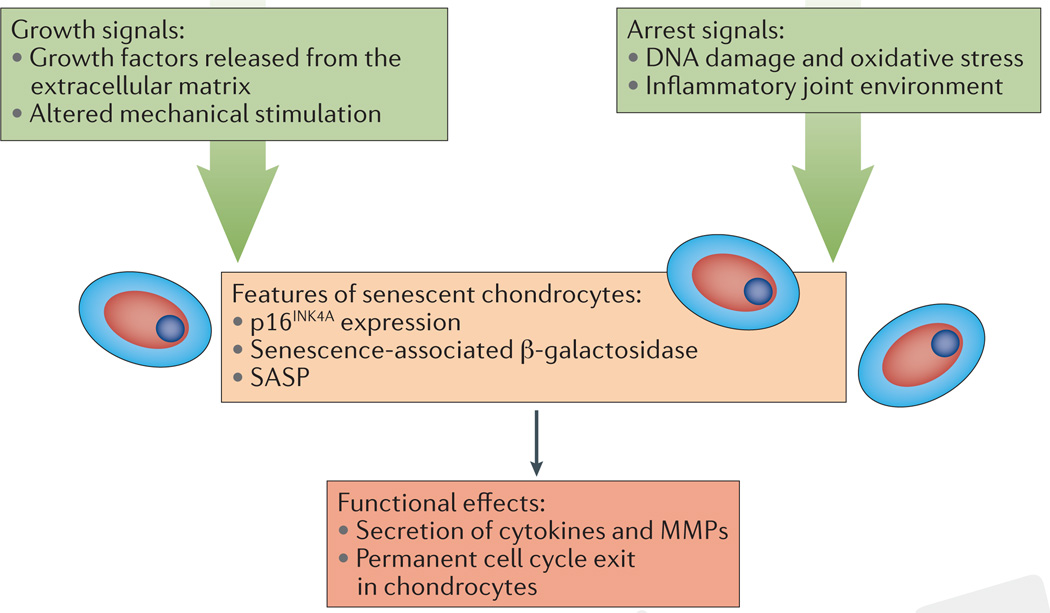Figure 1. Chondrocytes exhibit features of cellular senescence in the contexts of ageing and osteoarthritis.
Senescence is often caused by the combination of growth and arrest signals, conditions that can occur in cartilage during ageing. Features of senescence include expression of CDKN2A (encoding p16INK4A) and positive staining for senescence-associated β-galactosidase. The functional effects of chondrocyte senescence are challenging to measure because of the low proliferation rate of chondrocytes and the overlap between features of the senescence-associated secretory phenotype (SASP) and those associated with the development of osteoarthritis (OA). Understanding the mechanism of senescence could yield therapeutic interventions to prevent development of the SASP or specifically eliminate senescent cells from joint tissues. MMPs, matrix metalloproteinases.

